In design, light is everything. It is primarily responsible for creating the atmosphere and allowing the user to perceive - or not - the space.
But curiously enough, lighting is also the great unknown in architecture and design schools, as it is not given the importance it deserves. That is why we have prepared this concise guide with everything an interior designer should know about lighting.
Lighting design: more important than what most people think
Light is not only aesthetically very powerful, but also has a physiological effect on us. This means that it affects and alters our organism: light can make us feel apathy or interest, appetite or satiety, drowsiness or vitality.
To better understand this, let us make a very brief review of the theoretical foundations of lighting.
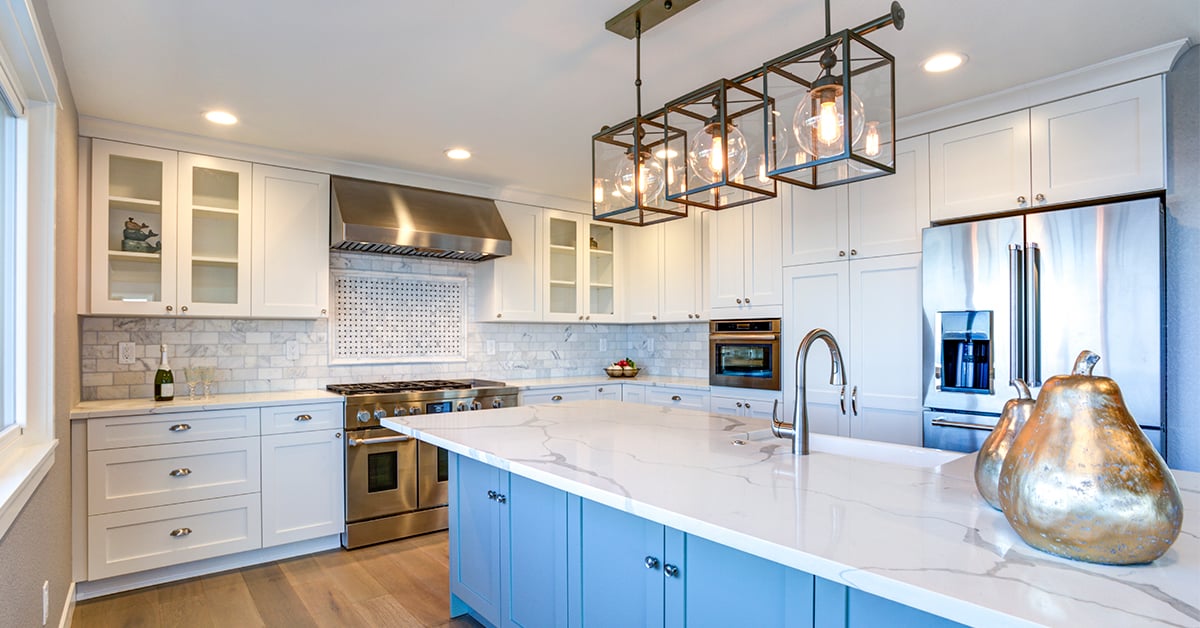
What you need to know about how light works
As you may remember from your high school physics classes, light is the small portion of the electromagnetic spectrum that we can perceive with our eyes. This radiation comes out of the emitter or light source, bounces off objects and is received by our retinas.
Each frequency makes us see a different color: wavelengths of 600 nm make us see red, 560 nm make us see yellow, and at about 400 nm, we perceive blue, and in the middle of this range are all the other colors we can see.
Finally, we must remember that the sum of all these wavelengths makes us perceive the color white.
Our main source of light since life has existed is the sun. The sun radiates light and heat, which reach the earth. The light of the sun is very rich, because it contains all the wavelengths that we can perceive.
How the human eye works
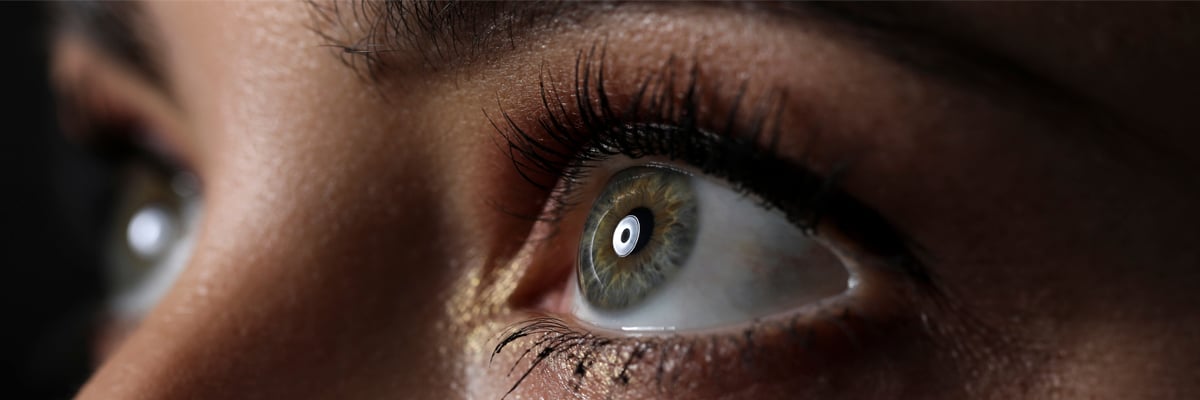
The eyes are a wonder, almost a miracle: they are almost spherical-shaped cameras, in which light enters through a lens - the cornea -, passes through the pupil and then through another organic lens capable of changing shape at will - the crystalline - to finally arrive to a carpet of cells that convert light into electrical impulses.
Our retina has sensors capable of perceiving three fundamental wavelengths: Red, Green and Blue. Therefore, we say that we have tri-chromatic vision.
All the millions of hues we can perceive are nothing more than combinations of these three primary colors.
When the light we perceive is very intense, the pupil closes so that little light passes through and our eyes are not damaged. In contrast, when it is dark, the pupils open as wide as they can, letting in as much light as possible. Remember this, as we will use it later.
As a curious fact, there are animals -like the Mantis shrimp- that have between 12 and 16 types of photoreceptor cells. This means that they can see colors which we cannot even dream of.
How colors work
The color phenomenon is very interesting: let's remember that when we see an object, we are actually seeing the light that this object reflects and that reaches our eyes.
When light hits an opaque surface, the molecular structure of this surface "traps" certain wavelengths, while the others are rejected and "bounce". This is the light that reaches your eyes.
For example, if you have a blue object, you will be able to appreciate its color perfectly in the sunlight. But if you try to illuminate it with red light only, this object will look black, because when it is illuminated with “red” wavelengths only, the surface has no “blue” wavelengths to return to you.
You can do this fun experiment at home. You only need objects of different colors and three light sources: one red, one green, and one blue.
Although we'd love to go deeper into this exciting topic, this information is sufficient for us to be on the same page and we can now fully engage in our super-tips for lighting.
Tips to make your designs even more beautiful and comfortable
Make the most out of natural light
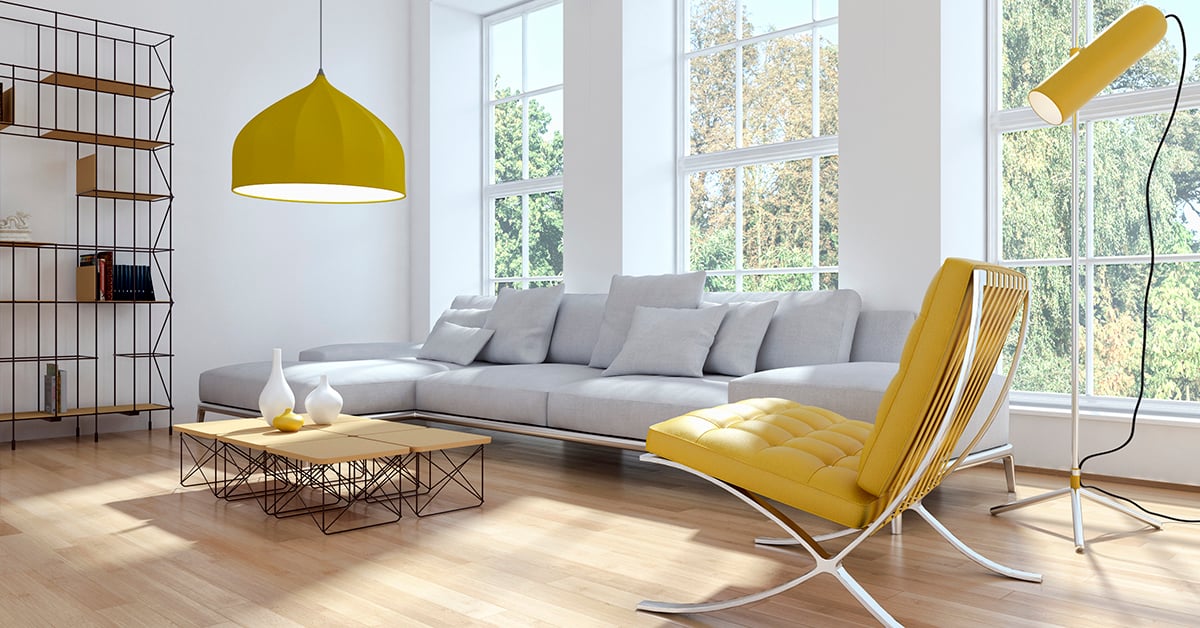
The best source of light that can exist is the sun. It is beautiful, it is free and throughout the day we enjoy it from different angles and in different intensities and colors. Therefore, it is a precious resource and you should aspire to handle it with mastery.
In this respect, no advice we can give you can be more useful than the teachings of Luis Barragán. Each of his works is a master class in the handling and administration of light.
So we recommend that you devote time for studying his work thoroughly. You cannot imagine all you can learn from him.
Choose the right light temperature for each space
Light temperature is not a mere aesthetic whim, but it really has a physiological impact on us, and the reason is very simple:
Throughout the day, the color of sunlight varies. At dawn it is rich in orange tones, but at midday and in the evening, blue tones are more prominent as a result of our atmosphere. Finally, towards sunset the orange tones dominate again.
These variations in light are responsible for our circadian cycle: the warm, faint tones cause us to produce melatonin, a hormone that makes us sleepy and makes us fall asleep.
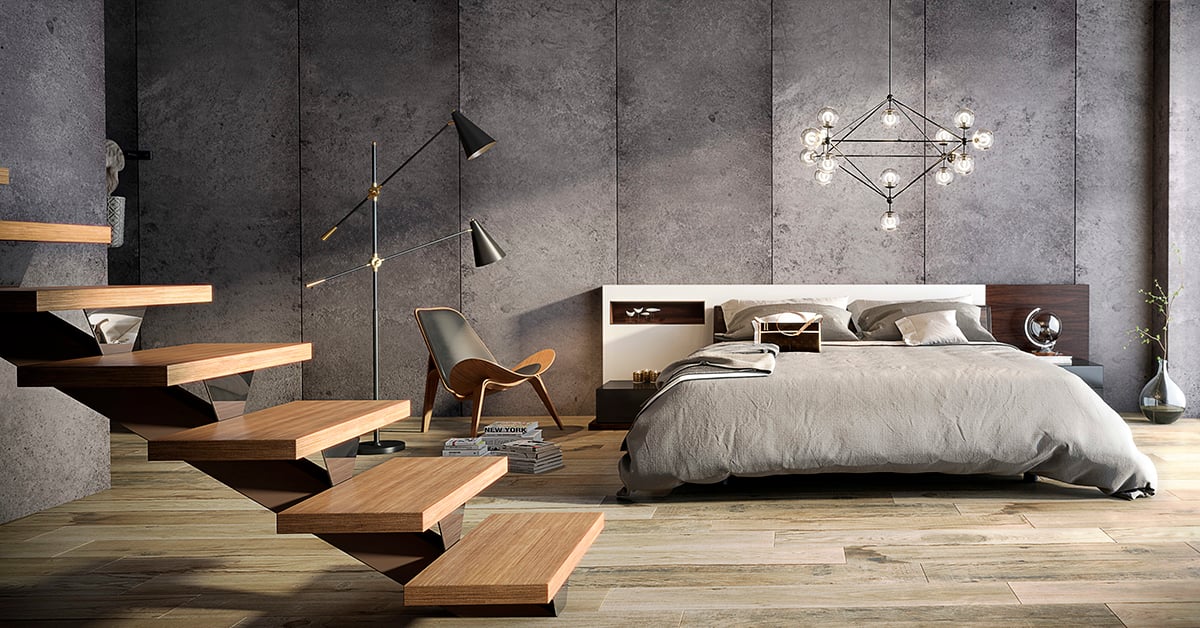
On the contrary, blue tones completely shut down the production of melatonin, which is why we are active and energetic during the day.
As an interior designer, you have the power to decide how the user of your spaces will feel according to the lighting you choose.
As a general rule, spaces that require concentration and where energetic activities will take place should be illuminated with cold light, while places for rest and relaxation are more comfortable with warm tones.
Dazzle your client, but not literally
As we mentioned before, our eyes adapt to the light they receive. And this phenomenon is very important.
You've probably been in a room lit by a single light bulb, hanging from the center or a corner.
When the light emitter is within your field of vision - as in this example - your eyes have to constantly adjust so as not to be hurt by the intense light from the spotlight, but also to be able to see the dim light reflected by the other objects in the room.
This eye stress ends up producing irritation, discomfort and sometimes even headaches and migraines. That's why it's important that whenever you propose a light fixture, you are careful so that the light it emits doesn't reach the user's eyes directly.
The best way to do this, is through elevations and schematic cuts in which you can study the behavior of the light cones and the user's field of vision.
Indirect lighting: your best ally for a comfortable space
During the day, your vision works wonderfully because sunlight is scattered as it passes through the atmosphere and as a result, it reaches you from the entire width and length of the sky. This means that during the day, we have two types of light: -Direct lighting, also known as "full ray of sunshine”
Diffused lighting, which comes from all around you
This combination of lights is the perfect recipe for illuminating any space, but often designers focus too much on direct light and forget about diffused light.
The best way to flood a space with uniform light is through indirect lighting. That is, by making the light from the luminaire reflect off a large area: a wall or part of the ceiling. In this way, this large area becomes an indirect source of light.
Thus, we can have a very comfortable diffused light in any space. If you want to test this, try pointing a hand lamp directly at your desk: you will have a very intense light but not very comfortable because you will be surrounded by darkness.
Then point the light beam at the ceiling. You will immediately notice how a dim but regular light that your eyes can easily get used to, as the contrasts are very moderate, surrounds you.
Give protagonism to those who deserve it by using spotlights
Once you have diffused light distributed in your space, the next step is to work with direct light.
Direct light is an extremely powerful resource in interior design. If used properly, it can make any object stand out.
For example, think of a museum exhibition. Museum pieces always look spectacular, and this is largely due to the direct lighting they enjoy.
This is perhaps the best tip for interior design of all: having a piece of furniture that is a protagonist in your design gives an incredible touch of sophistication and complexity to the spatial composition.

Depending on the scale of the project, the protagonist element can be something small, like a bust, or medium, like a sculpture. But ultimately, nothing looks better than a well-lit piece of furniture, especially a Baroque, Victorian or Louis XV type furniture, as the complex shapes rich in curves and details help in creating a visually irresistible chiaroscuro.
Now that you know these lighting tips, what are you waiting for to apply them? The best way of learning is by doing, and so that you can carry out your interior design projects like a professional, we have prepared this guide: How to prepare and present a high level interior design project.
Take a look; we are sure you will learn many useful things!

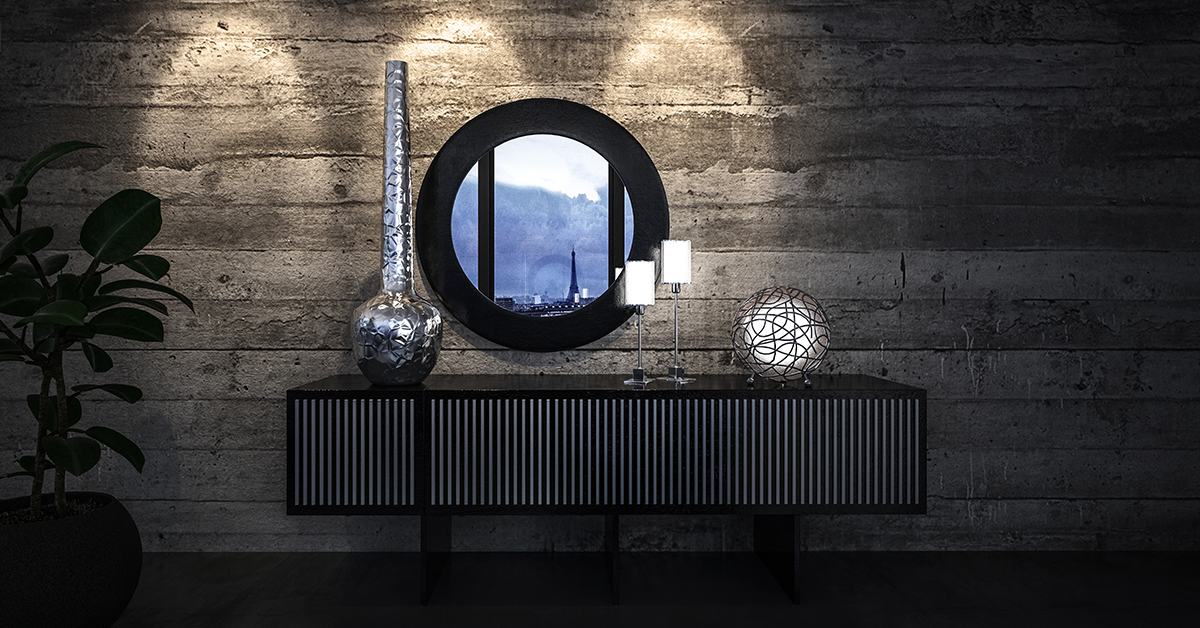




Leave Comment